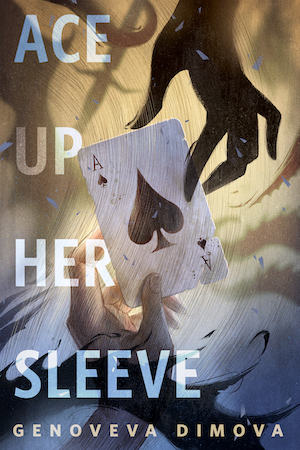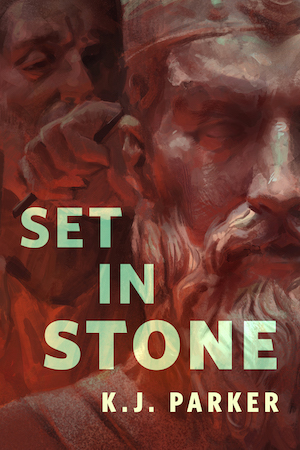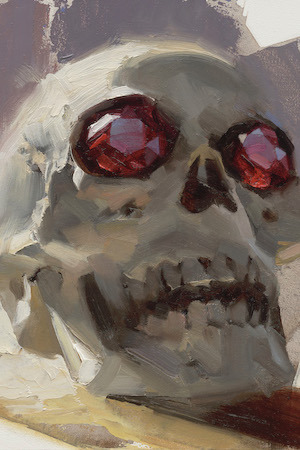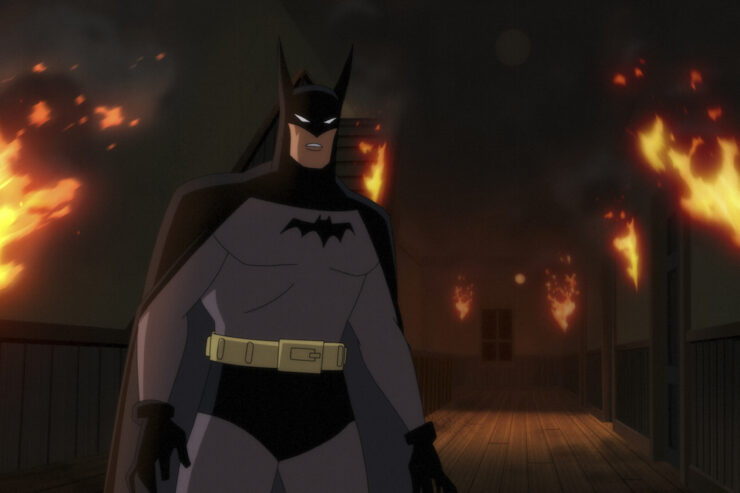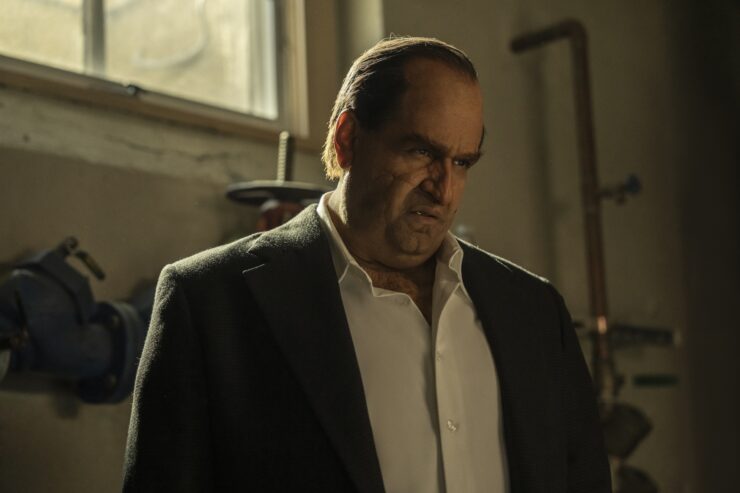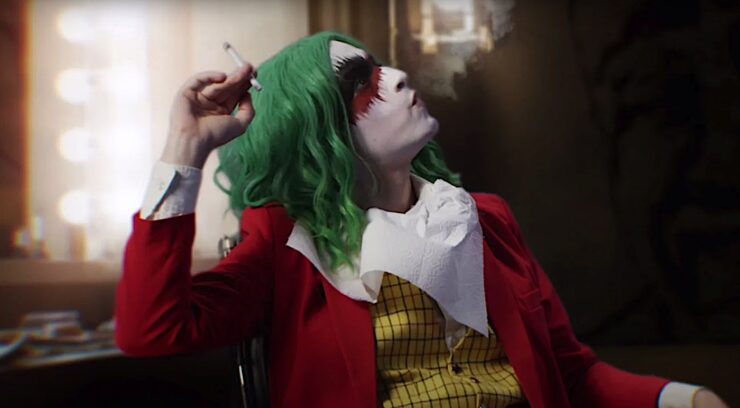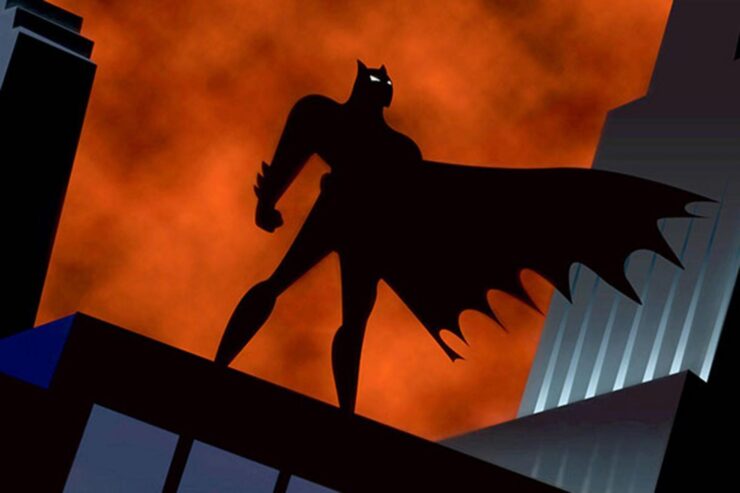More than thirty years after its debut, Batman: The Animated Series still sets the gold standard for Batman cartoons. Just how gold that standard is can be seen in Batman: Caped Crusader, the new animated series on Amazon Prime.
Batman: The Animated Series debuted in 1992 in the wake of the highly successful Tim Burton films, but part of its particular genius was that it looked back to earlier inspirations. Under the direction of creators Bruce Timm and Eric Radomski, the series conjured a retro-futuristic world of Art Deco skyscrapers and streamlined roadsters, landing somewhere between the Fleischer brothers Superman cartoons and the New York World’s Fair. The result was a series that seemed to be looking back to Batman’s origins and forward towards a future that never quite arrived.
Bruce Timm has returned with Batman: Caped Crusader, which takes Batman back to his roots in the comics of the 1930s and the pulps, films, and Gothic novels that inspired them. The series also draws liberally from the BTAS production design, though the characters have been updated to feature a racially diverse cast better suited for modern audiences. As changes go, though, that’s the easy one. Caped Crusader presents a bold, stylish, completely consistent vision of Batman’s retro past, but in hewing so close to its predecessor, the series courts the inevitable problems of comparison.
Hamish Linklater is given the unenviable task of following Kevin Conroy, who voiced Batman for more than 25 years. That hasn’t been a problem for other animated adaptations, which varied sufficiently in tone and style that viewers knew they were watching something different. But hearing a Bruce Timm-designed Batman speaking in someone else’s voice triggers an uncanny valley response, a sense that something isn’t quite right.
Linklater adopts Conroy’s trick of varying his voice when he’s playing Batman and Bruce Wayne, but that’s where the similarity ends. His Wayne has something of Conroy’s lilt, but his Batman speaks in a monotone of flattened affect. The script backs him up, suggesting this is not just one actor’s choice but part of the series’ larger take on the character. Caped Crusader is deeply invested in portraying Batman as a trauma survivor who walls himself off from other people, someone so stunned by tragedy that he refers to Alfred, his faithful butler and surrogate father, as “Pennyworth.”
It’s a far cry from BTAS, where Batman’s emotional investment was never in doubt. Conroy’s performance could go over the top— “I am vengeance! I am the night! I am Batman!” became a meme for good reason—but beneath the theatrics, he always understood that Batman was the most caring person in Gotham City. The result was a hero who could actually go toe to toe with his rogues’ gallery of two-faced attorneys and killer clowns and not come away diminished. Linklater’s Batman too often seems to be a bystander in his own series.
Caped Crusader struggles most when it tries hardest to escape the shadow of its predecessor. The first episode lays down its marker by introducing a gender-flipped version of the Penguin, but without any further attention to how that would change the character, the revamp feels gratuitous. A series that already features Barbara Gordon, Renee Montoya, Selina Kyle, and Harley Quinn cannot be said to lack complex female roles, and yet this new Penguin misses what made the character work in the first place. Penguin as cabaret owner? Inspired. Penguin as cabaret performer? Another trip to the uncanny valley. Oswald Cobblepot might have craved the approval of Gotham’s high society, but he knew better than to get it by singing and dancing.
The boldest and most troublesome departure comes in the decision to revamp Harley Quinn. Created by Bruce Timm and Paul Dini in 1992 as a sidekick and love interest for the Joker, Harley is easily the most popular Batman character created in the last fifty years. When Dini and Timm collaborated to tell her origin in the comic Batman: Mad Love, they made Harley a scheming, ambitious psychiatrist who fell in love with her most notorious patient. The story added just the right amount of pathos, propelling Harley to a stature that few comic book characters attain.
Caped Crusader starts out strong by introducing Harley in her pre-villainous career as a therapist—and making Bruce Wayne one of her patients, a situation rife with possibilities that is abandoned far too quickly. Things take a turn as the episode reveals that she already has a costumed identity and a criminal career completely independent of the Joker. (Her shtick, kidnapping and brainwashing her rich clients, is lifted straight from Dr. Hugo Strange, an early villain from the comics who would be absolutely perfect for this series if Harley hadn’t stolen his bit.)
Cutting Harley loose from the Joker could be read as an emancipation of a character who has long since outgrown her sidekick status. But shorn of that origin, this Harley has no motivation, no history, no tragedy—none of the things that made her character so memorable. She doesn’t even have a straight man to play against (part of the genius of the original Harley was that she made the Joker her straight man). The new Harley is little more than a name and a costume design, a hollow reminder of a better character.
If Harley Quinn is deflated by the series’ desire for novelty, then Two-Face is flattened by its obsession with psychological realism. Caped Crusader does an admirable job of establishing District Attorney Harvey Dent’s simmering temper and his penchant for corruption prior to the acid attack that sends him over the edge, but once it happens, both actor and script are reluctant to lean into the character’s signature duality. Diedrich Bader’s Dent is self-pitying and his Two-Face (who is never called by that name) is violent, but the personalities just don’t seem like they’re in conflict. Batman villains deal in extremes, but both Bader and Caped Crusader hold back where they are most needed.
The series even provides a perfect (if probably unwitting) metaphor for its reticence. Two-Face is infamous for deciding his victims’ fate with the flip of a double-headed coin, one side scarred, the other not. But in Caped Crusader, the coin is unscarred on both sides. Maybe this is meant to convey some deep psychological insight into Harvey Dent—acid burns or not, he is ultimately responsible for his own problems—but it’s hard to shake the impression that sometimes the series is afraid to commit to its source material.
Caped Crusader does have certain advantages over its predecessor. The series draws on an expanded cast of characters and ranges freely across genres, mingling gritty crime drama with Gothic horror. Unencumbered by the Standards and Practices board of any broadcast network, it can indulge in grim, unflinching violence without ever becoming gory. But the show is strongest when it capitalizes on its retro setting to take the characters back to basics. The best episodes are even more faithful to the original Batman comics than BTAS was, beating the master at its own game.
The second episode, “…And Be a Villain,” introduces viewers to Clayface—not the shapeshifting blob of later comics and cartoons but Basil Karlo, a frustrated actor who uses an experimental treatment to become a man of a thousand faces. As he pursues his vendetta against the film industry that marginalized him, Karlo leaves a trail of bodies in his wake but he never loses his flair for the dramatic: he’s the sort of villain who ruthlessly murders his rivals but tosses Batman a sword out of a sense of chivalry. The episode recalls the finest moments of BTAS, revealing its villain’s humanity without lessening the severity of his crimes.
The next episode, “Kiss of the Catwoman,” is another standout. Most of the great Batman villains serve as dark reflections of some aspect of his character, but this version of Catwoman bases her entire criminal persona around him, even to the point of acquiring a souped-up car and a long-suffering servant. Turning to crime for thrills as much as cash, she shows us what Batman might be like without any moral compass. The interpretation is faithful to the character while still providing something we haven’t seen in animation before: BTAS never gave Catwoman an origin story since the producers assumed everybody knew who she was from the Burton movies.
But even in the best episodes, something important is missing. When Catwoman kisses Batman, there’s no spark—nor is there ever any doubt that he’s going to bring her in at the first opportunity. Conroy’s Batman, like Michael Keaton’s, was clearly attracted to Catwoman, tapping into a transgressive charge that has kept this cop-and-robber relationship going for more than eighty years.
Linklater’s Batman gives her nothing. No attraction, no spark, not even a catch in his voice. His numbed take on the character might speak to television’s current vogue for trauma and character study, but it leaves a hole in the heart of the series. Batman: Caped Crusader’s Gotham City is still a place of big emotions, operatic villains, grand drama in the classic style. It would be nice if the hero were part of it.



